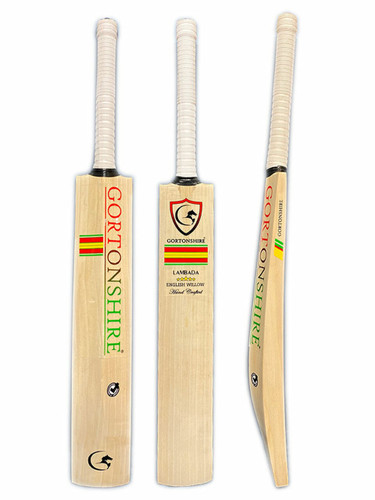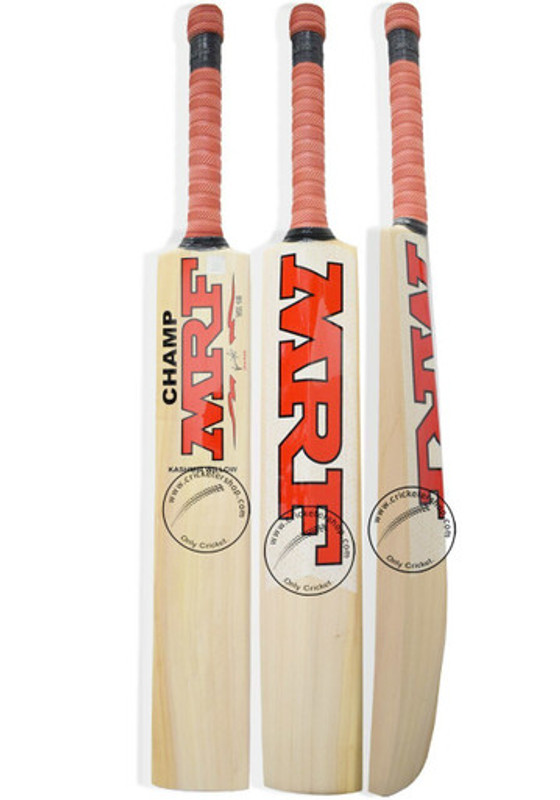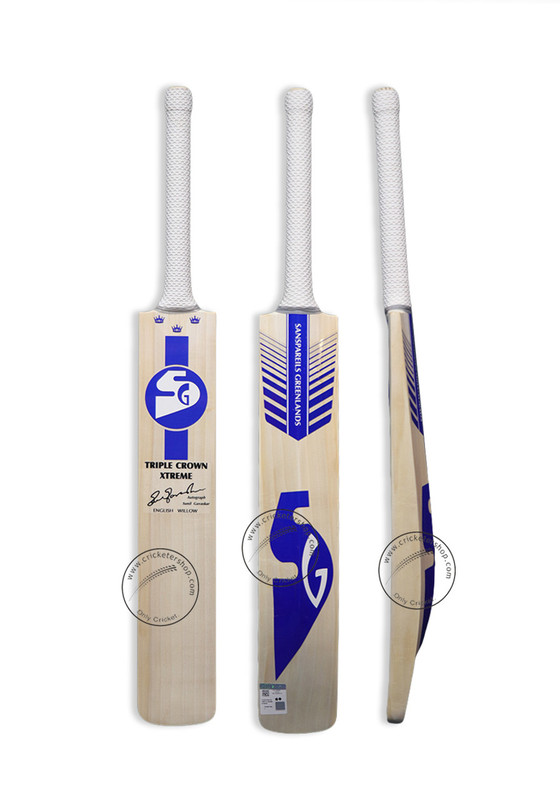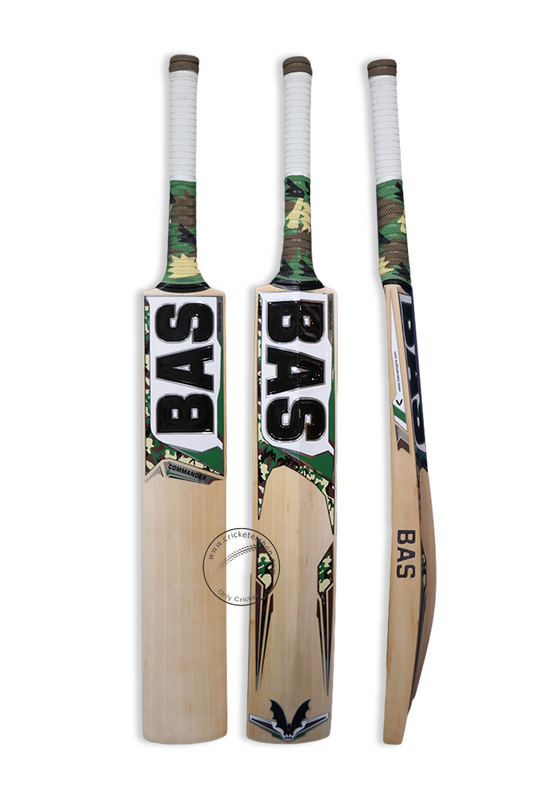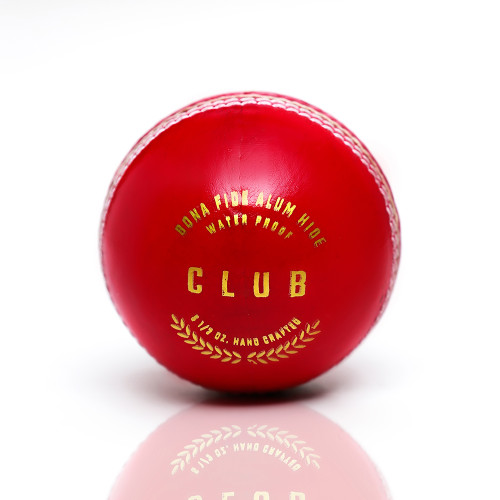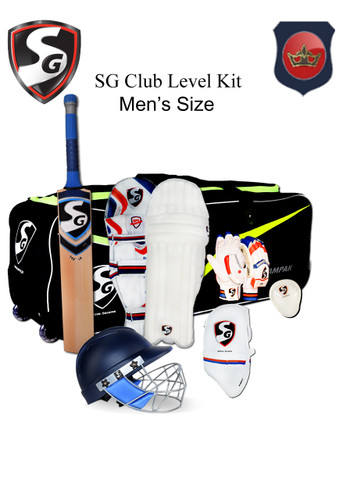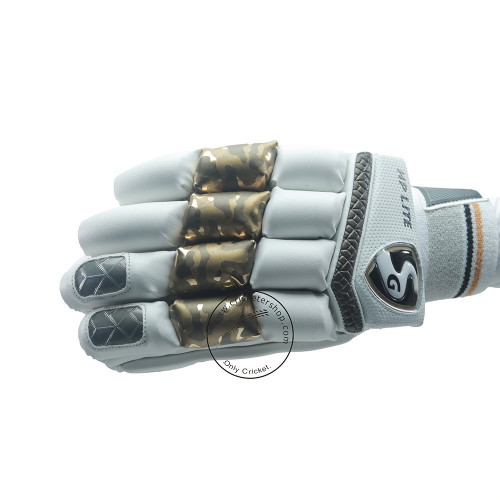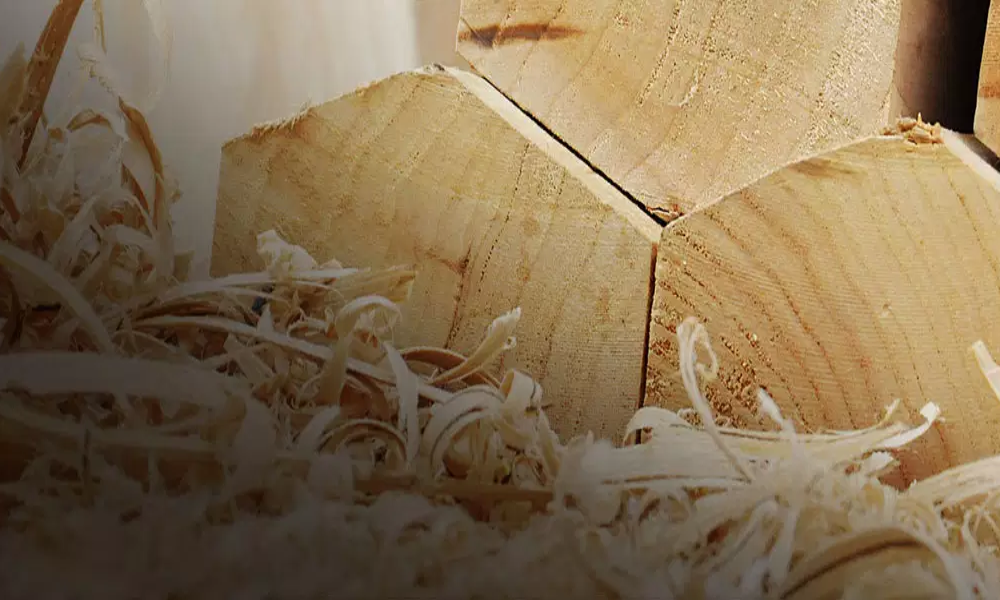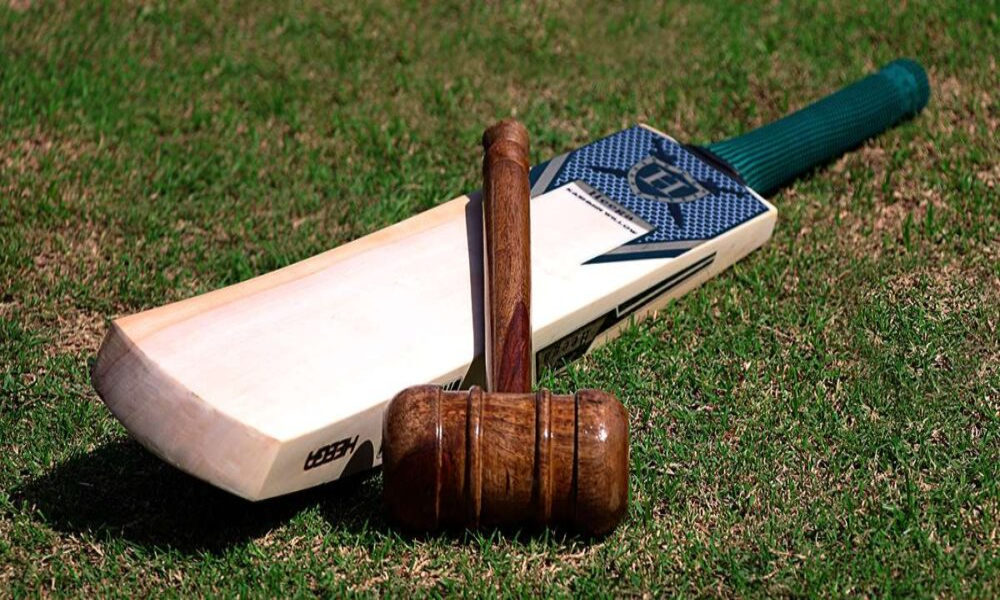How to Maintain Your Cricket Bat for Peak Performance
To ensure your cricket bat lasts a long time and performs at its best on the field, you must take care of it. A properly cared-for bat that has been oil-treated, manually knocked, and has a toe guard will not break or chip when hitting cricket balls or come into touch with the ground. If you do not take care of your cricket bat, it will perform worse, last shorter, and eventually need to be replaced.
You may maximize your playing experience and maintain the best possible condition for your cricket bat by adhering to these easy steps:
Oiling after Every Season
Prolonged exposure to sunlight during long hours of outdoor cricket can cause a cricket bat to dry out over time, making it more prone to cracking. Oiling the bat helps maintain its moisture content, preventing cracking and splitting. This preventive measure not only protects the bat from damage but also enhances its durability, ensuring a longer lifespan. Linseed oil is often used for treating wood products, as it helps maintain the bat’s strength by consolidating its fibers.
Manual Knocking
Knocking is the process of striking a cricket bat with another object until it develops some wear and tear and hardens. This step is crucial after purchasing a new cricket bat to prepare it for the rigors of cricket matches. The primary goal of knocking in is to strengthen the bat, ensuring it can withstand the impact of cricket balls without sustaining damage or cracking. Therefore, toughening up your bat through the knocking in process is essential to optimize its performance during gameplay. This ensures your cricket bat is game-ready and durable, making it a vital part of cricket equipment maintenance.
Protect the Toe with a Guard
A toe guard is a small piece of protective material, typically made of silicon or rubber, that covers the bottom edge of a cricket bat. It prevents damage from ground contact and enhances the bat’s durability. Without toe protection, the risk of cracking significantly increases if your bat hits a fast-moving ball.
Protect from Moisture
Moisture can cause a cricket bat to swell, soften, and potentially crack. Water exposure deteriorates the quality of willow, making it more prone to breaking and less effective when striking a cricket ball. To protect your bat from moisture, keep it in a cover when not in use and ensure it receives regular exposure to sunlight. A premium bat cover is essential for long-term protection and durability.
To see these steps in action, check out our video tutorial on how to take care of your cricket bat. Our expert guide will show you the proper techniques for oiling, knocking, and toe guard application, along with other tips to keep your bat in peak condition. Click here to watch the video now and take your game to the next level.
Extra Tips for Cricket Bat Care
- Storing your cricket bat in a dry, cool environment and conducting regular inspections can help identify issues early and prevent further damage.
- Regularly inspect the grip for any signs of wear and tear, and replace it if necessary.
By incorporating these maintenance practices into your routine, you can ensure that your cricket bat remains in top condition, delivering optimal performance every time you step onto the field.

